All Posts
Best Enterprise Generative AI Tools [2025]
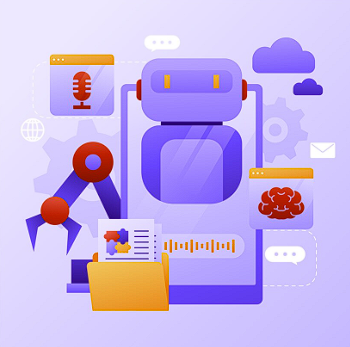

Key Takeaways:
Enterprise adoption of generative AI continues to accelerate, with McKinsey reporting that 65% of organizations regularly use generative AI. This rapid growth reflects the transformative potential of AI to reshape industries, enabling companies to innovate, automate, and personalize at an unprecedented scale.
However, with a growing number of solutions available, selecting the right generative AI tools is crucial for success. Organizations must carefully evaluate factors such as ease of implementation, scalability, and the ability to deliver measurable outcomes to fully capitalize on the benefits of generative AI.
Enterprise solutions now span multiple domains, from content creation to code generation, offering unprecedented capabilities for automation and innovation. Tavus is one such solution, leading with a real-time Conversational Video Interface (CVI) that brings humanlike, face‑to‑face communication into any app. With Tavus, developers can embed AI humans that see, hear, and respond in real time and generate high-quality videos in 30+ languages, enabling personalization at scale through a simple, developer-friendly API.
This comprehensive guide examines Tavus and other top enterprise generative AI tools, helping developers navigate their options and make informed decisions about their AI technology investments.
Generative AI is a transformative class of artificial intelligence systems capable of creating new content, from text and images to code and video. These systems learn patterns from existing data to generate novel outputs that maintain coherence and relevance while meeting user-specific requirements.
Unlike traditional AI, which focuses on analysis and prediction, agentic AI systems use generative AI to actively create content. Enterprise applications range from automated content creation to sophisticated video generation through AI video generators. These AI tools process natural language input to produce diverse output, all while maintaining brand consistency and quality standards.
Take, for example, a marketing department using generative AI to create personalized video content. The system can generate thousands of customized product demonstrations, each tailored to specific customer segments while maintaining consistent brand messaging.
Similarly, software development teams leverage generative AI for code creation. The technology understands programming patterns and generates functional code based on natural language descriptions.
Modern generative AI extends beyond these basic applications. Enterprise systems now handle increasingly complex tasks like architectural design iteration, molecule discovery for pharmaceutical research, and real-time video synthesis. The technology continuously adapts to specific business contexts, learning from organizational data to produce increasingly sophisticated and accurate outputs that transform traditional business processes.
Generative AI delivers transformative advantages across multiple business functions, fundamentally changing how organizations approach content creation, product development, and customer engagement.
AI productivity tools dramatically reduce time spent on content creation and repetitive tasks. Marketing teams that once spent hours crafting individual email campaigns can now generate multiple versions in minutes, each tailored to specific audience segments. Software development teams leverage generative AI to automate routine coding tasks, potentially reducing development time by 30 to 40% while maintaining code quality. These automation capabilities allow teams to focus on strategic initiatives while AI handles the repetitive tasks.
Modern generative AI enables unprecedented levels of content personalization. Through realistic avatar generation, developers can create personalized video communications for thousands of customers simultaneously. For instance, e-commerce platforms use generative AI to produce custom product descriptions and recommendations based on individual shopping patterns and preferences. This level of automated personalization transforms how businesses engage with customers across all touch points.
By automating complex creative and technical tasks, enterprises significantly reduce operational costs. With generative AI, a training department that previously produced educational videos through traditional methods can now create and update training content automatically. Generative AI tools reduce production costs while enabling quick content updates as needed. This shift from manual to AI-driven content creation represents significant operational cost savings across departments.
Generative AI accelerates the innovation cycle by rapidly producing and testing new ideas. Product design teams use the technology to generate multiple design variations, while research departments leverage it to explore new solutions in fields ranging from drug discovery to materials science. This capability transforms traditional R&D processes, compressing months of ideation, manufacturing, and testing into days or hours.
These artificial intelligence platforms offer the best enterprise generative AI with unique strengths for varying business needs.

Tavus is the real-time human computing platform for developers. Its Conversational Video Interface (CVI) brings humanlike, face‑to‑face communication into any application—powered by models that see, hear, and understand people in real time. CVI transforms how teams deliver personalized interactions and content while maintaining professional quality.
Unlike basic avatar or video tools, Tavus enables true real-time conversation and high‑fidelity video generation. With Phoenix‑3 for full‑face expression, Raven‑0 for perception, and Sparrow‑0 for natural turn‑taking, Tavus delivers photorealistic presence with low latency. The API is simple to integrate, supports bring‑your‑own LLM, Knowledge Base (RAG), Memories, and Objectives & Guardrails, and meets enterprise security and compliance needs.
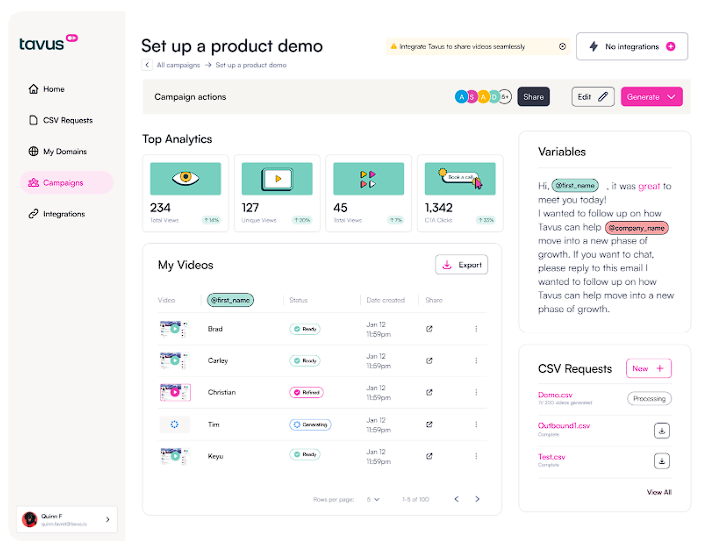
Pricing:
Start building with Tavus today.
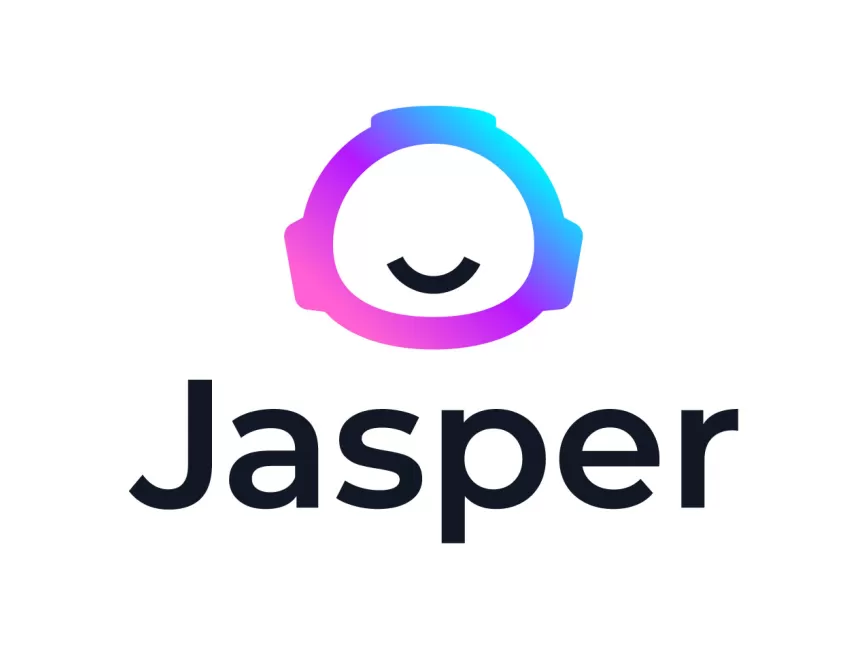
Jasper specializes in enterprise content generation through advanced language models. The platform focuses on marketing and brand content creation.
Enterprise marketing teams leverage Jasper’s brand voice training to create consistent content across multiple channels. Recent platform updates have enhanced its ability to understand complex marketing contexts and generate more nuanced content.
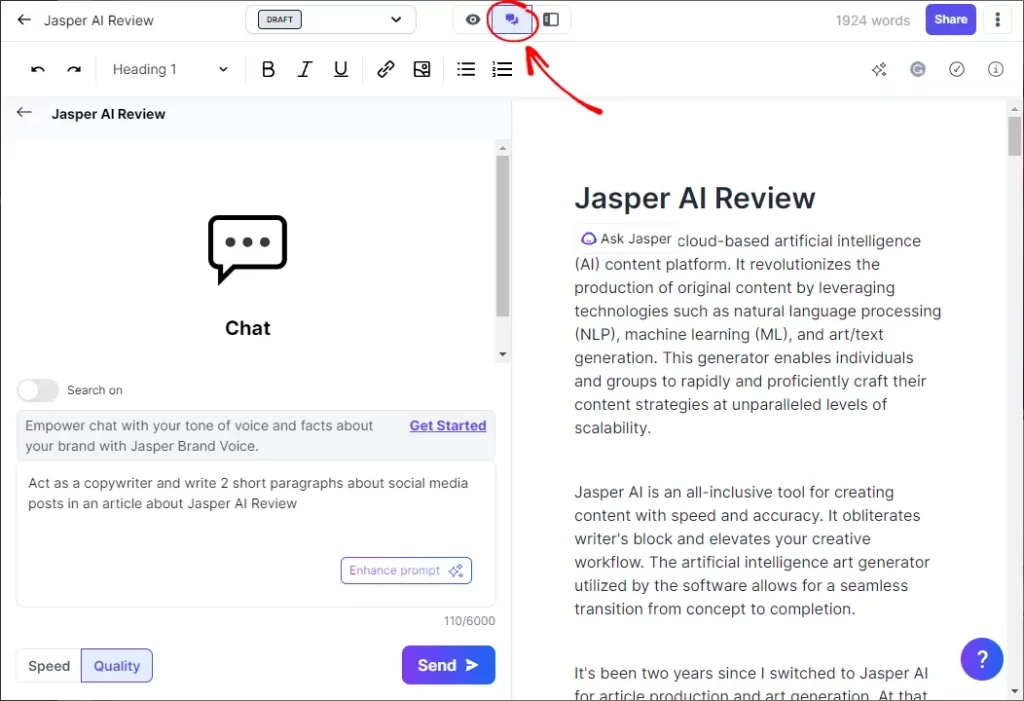
Pricing:
Business: Custom pricing
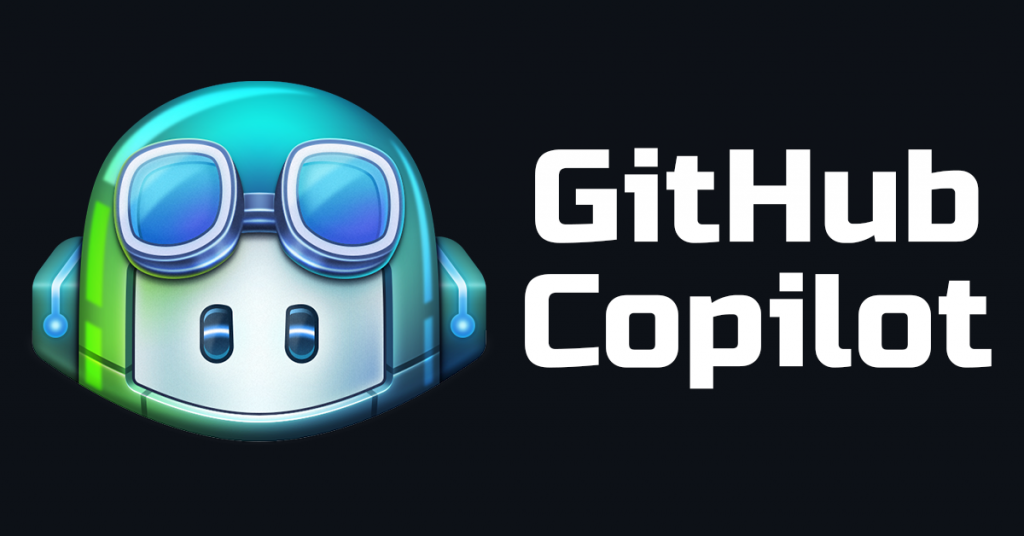
GitHub’s Copilot offers code generation and assistance. The platform integrates directly with development environments, providing contextual coding suggestions and automated documentation. The system learns from an organization’s existing codebase to provide relevant suggestions. Through agentic AI workflows, Copilot helps enterprises maintain coding standards while reducing development time.
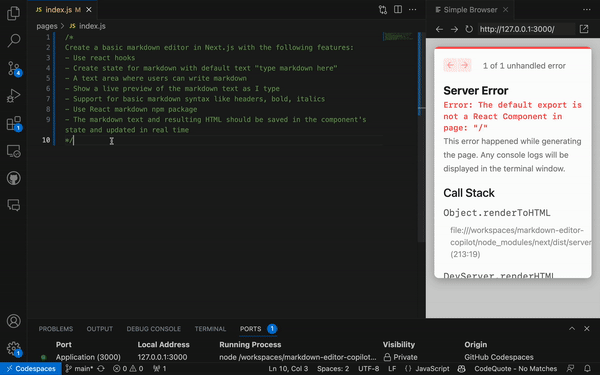
Pricing:

OpenAI’s DALL-E 3 provides AI image generation capabilities. The platform transforms text descriptions into visual content. Design teams use DALL-E 3 to generate concept art, marketing visuals, and product mockups in line with brand guidelines.

Pricing: Based on usage, starting at $0.040 per image for Dall-E 3

Synthesia offers video generation capabilities focused on corporate communications, though with notable limitations compared to more advanced solutions. Synthesia provides basic video creation tools through template-based approaches. The system handles basic video generation tasks, though users often seek more sophisticated solutions for professional-quality output. Recent updates have attempted to improve digital avatar customization options, though natural movement remains a challenge.

Pricing
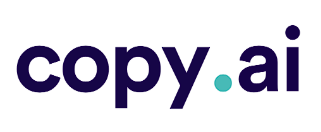
Copy.ai specializes in enterprise content generation with a focus on marketing and sales materials like email campaigns or social media posts. The platform combines natural language models with industry-specific templates to streamline content creation workflows. The system understands marketing principles and can maintain a consistent brand voice across materials. Integration with content management systems enables streamlined workflows, though outputs often require human refinement.

Pricing: Custom enterprise pricing

Midjourney delivers AI image generation tools, particularly for those who wish to create artistic and conceptual visuals. Design teams leverage Midjourney to generate unique visual content, from product concepts to marketing materials.

Pricing:
.png)
Pictory focuses on video content automation for enterprise marketing teams. The platform processes long-form content into shorter video segments, though with limitations in personalization and customization capabilities.The system can extract key moments from longer videos and generate social media clips, but it lacks the sophisticated personalization features found in advanced AI video generation tools. While useful for content repurposing, enterprises often seek more comprehensive solutions for professional video production.

Pricing:

Rosebud AI offers enterprise-focused image generation and manipulation capabilities. The platform specializes in product visualization and e-commerce applications to create product visualizations and lifestyle imagery. The system handles basic image generation tasks, though organizations requiring sophisticated video content often turn to platforms offering complete generative AI video solutions.

Pricing:

Anyword provides AI copywriting tools focused on conversion optimization. The platform combines language generation with performance prediction capabilities for marketing content.Marketing teams use Anyword to create and optimize advertising copy, email campaigns, and website content. The system analyzes past performance data to predict content effectiveness, though results vary by industry and application.

Pricing:

Klevu specializes in generative AI e-commerce search optimization. The platform enhances product discovery and recommendation systems for online retailers. The system generates product descriptions and search suggestions, though its scope remains limited to e-commerce applications.

Pricing: Contact for plan pricing

Akkio offers no-code AI modeling for enterprise data analysis and prediction. The platform allows end-users to create and deploy AI models without extensive technical expertise. The system simplifies AI model creation through automated workflows, though its generative capabilities remain focused on data analysis rather than content creation.

Pricing:
Successful implementation of generative AI requires strategic planning and careful consideration of several key factors. Organizations must balance innovation with practical implementation challenges to maximize their return on AI investments.
Start with clear use cases to ensure a focused and impactful implementation of generative AI. Developers should begin by identifying specific business problems that generative AI can solve. For example, if customer engagement needs improvement, consider implementing video generation tools and real-time, face‑to‑face AI humans with Tavus CVI for personalized communications that can help build stronger audience connections.
By pinpointing high-value opportunities, teams can align their AI projects with key business objectives, such as improving customer retention, increasing lead conversions, or streamlining internal operations. Prioritize initiatives with clear metrics for success, such as increased click-through rates, reduced time-to-market, or enhanced customer satisfaction, to demonstrate tangible ROI and build momentum for broader AI adoption.
Ensure your data infrastructure supports AI implementation while maintaining security standards. Consider platforms like Tavus that offer enterprise-grade security controls and compliance features (including SOC 2 and HIPAA options) built into their systems. This security-first API architecture allows developers to implement video features without managing complex compliance infrastructure, reducing development overhead.
Choose solutions that integrate seamlessly with existing workflows. The most successful implementations, such as those using agentic AI systems, enhance rather than disrupt current processes. Consider both immediate needs and future scaling requirements when selecting platforms.
Tavus CVI offers robust integration capabilities that enable smooth adoption within various operational frameworks. Its flexibility allows developers to integrate enterprise generative AI tools into existing systems effortlessly, minimizing disruption. Moreover, Tavus is built to scale, accommodating growing data volumes and evolving business needs. This ensures that as you and your end users expand, the platform continues to deliver reliable and efficient performance.
Ensure your team understands how to leverage generative AI effectively and how to support end-users. Provide comprehensive training on selected tools and establish clear integration guidelines. Regular evaluation of API performance metrics help maintain high standards while identifying areas for improvement.
Tavus provides tools and APIs for seamless integration, allowing developers to embed face‑to‑face AI humans and video capabilities quickly and easily.
We’ve got answers to common enterprise generative AI questions to help you implement generative AI tools into your workflows:
Generative AI enables content creation across multiple formats, from text and images to sophisticated video production. Advanced platforms like Tavus support real-time, face‑to‑face AI conversations and personalized video in 30+ languages while maintaining professional quality. The technology continues to evolve, offering increasingly sophisticated capabilities in code generation, design, and multimedia content production.
The optimal choice depends on specific business needs and use cases. For real-time humanlike interaction and video, Tavus leads with a Conversational Video Interface that delivers face‑to‑face AI humans and high‑fidelity video generation with developer‑friendly integration. Organizations should evaluate tools based on their specific requirements, integration needs, and scalability demands.
Generative AI delivers value across numerous sectors. Financial services use it for personalized client communications, healthcare organizations leverage it for patient education, and retail companies implement it for marketing content creation. According to recent generative AI statistics, industries seeing the highest impact include technology, marketing, education, and professional services.
While various tools offer different capabilities, enterprises increasingly seek comprehensive solutions that deliver reliable performance, seamless integration, and scalable results. Tavus combines a real-time Conversational Video Interface for face‑to‑face AI humans with high‑quality video generation, enterprise security, and flexible integrations. The platform lets development teams deliver emotionally intelligent, personalized experiences at scale—across sales, support, training, and more.
Access advanced, real-time AI human conversation and video with Tavus.